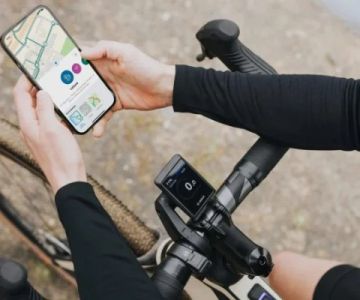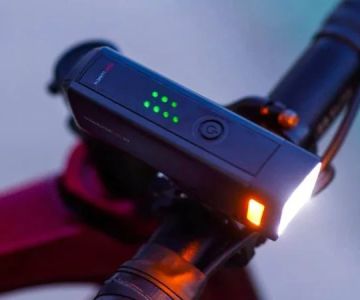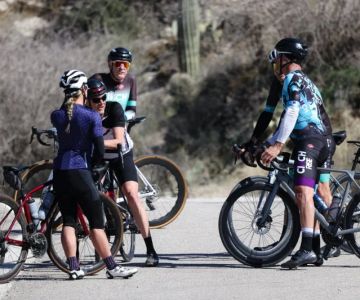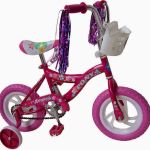
- why-hand-signals-matter-for-road-cyclists
- essential-hand-signals-every-cyclist-should-know
- real-world-impact-of-proper-hand-signaling
- how-to-practice-hand-signals-confidently
- building-habits-for-safer-group-riding
1. Why Hand Signals Matter for Road Cyclists
For road cyclists, effective communication isn't optional—it's vital. Whether you're riding solo or in a group, hand signals are the primary language used to navigate traffic safely, indicate direction, and build trust with drivers and fellow cyclists. In many countries, including the UK and U.S., cyclists are required by law to use hand signals when turning or stopping.
Failing to signal properly can result not only in dangerous misunderstandings but even traffic penalties. And beyond legality, it’s about being part of a community where predictability equals safety.
2. Essential Hand Signals Every Cyclist Should Know
2.1 Left Turn
Extend your left arm straight out to your side, parallel to the ground. This is one of the simplest and most universally recognized signals. Always look over your left shoulder first to ensure it’s safe before signaling.
2.2 Right Turn
There are two ways to signal a right turn:
- Extend your right arm straight out to the side (common in the UK and Europe).
- Alternatively, bend your left arm at a 90-degree angle with the hand pointing upward (common in North America).
2.3 Stopping or Slowing Down
Extend your left arm downward with your palm facing back. This alerts riders and drivers behind you that you're about to brake. This signal is especially critical when riding in a peloton or a close-knit group.
2.4 Obstacle Alerts (Potholes, Debris)
Point with your hand (left or right, depending on the side of the road) toward the obstacle. You can also make a circling motion if you're warning others about a large pothole. This is one of the most respected signs in group rides—ignoring it can cause chain-reaction crashes.
3. Real-World Impact of Proper Hand Signaling
Earlier this year, a cycling club in Bristol avoided a serious collision when one of the riders signaled a car coming out of a blind driveway. Thanks to the clear hand signal and eye contact, the driver stopped just in time. The club credited their weekly training drills on hand signaling for the quick reaction.
Likewise, cyclist Maya Patel shared on social media how her consistent use of signals helped de-escalate road rage. “A van driver rolled down the window and actually thanked me for signaling early,” she wrote. It’s small things like that which reduce tension between cyclists and motorists.
4. How to Practice Hand Signals Confidently
4.1 Practice in a Controlled Environment
Before hitting the open road, practice your signals in a quiet park or empty parking lot. Ride one-handed in short intervals, gradually adding in your hand signals until it feels natural.
4.2 Pair With Head Checks
A signal is only useful if it's paired with awareness. Always perform a shoulder check before making a signal. This not only increases your safety but lets drivers know you’re serious about road awareness.
4.3 Join a Local Group Ride
There’s no better way to build muscle memory than riding with others. Joining a local cycling group can boost your confidence and reinforce good habits. Sites like Cycling Guider can help you find group rides, safe routes, and gear that supports safe cycling.
5. Building Habits for Safer Group Riding
5.1 Create a Communication Culture
When you consistently use signals, it encourages others around you to do the same. Especially in group rides, it creates a rhythm and trust that allows cyclists to ride close together safely and efficiently.
5.2 Gear That Helps Visibility
While hand signals are essential, pairing them with bright gloves or LED signal gloves can enhance visibility—especially during early morning or dusk rides. Reflective gear is another simple addition that maximizes communication even in low-light conditions.
Hand signaling is not just about legality—it's about safety, clarity, and courtesy on the road. Make it part of your cycling DNA. And when in doubt, check out Cycling Guider for the best safety gear and riding tips tailored to your experience level.







 Billet BMX5.0 (2 reviews)
Billet BMX5.0 (2 reviews) Far East Children Bicycle Factory1.0 (1 reviews)
Far East Children Bicycle Factory1.0 (1 reviews) Archer Motorsports, Inc.4.0 (8 reviews)
Archer Motorsports, Inc.4.0 (8 reviews) YEP Bike Works4.0 (55 reviews)
YEP Bike Works4.0 (55 reviews) Gorham Bike & Ski4.0 (498 reviews)
Gorham Bike & Ski4.0 (498 reviews) Alchemy Bikes4.0 (37 reviews)
Alchemy Bikes4.0 (37 reviews) How to Teach Kids to Ride a Bike: A Step-by-Step Guide for Parents
How to Teach Kids to Ride a Bike: A Step-by-Step Guide for Parents Tips for Riding on Busy City Streets: Smart Strategies for Urban Cyclists
Tips for Riding on Busy City Streets: Smart Strategies for Urban Cyclists Best US National Parks for Mountain Biking: Ride Epic Trails Across America
Best US National Parks for Mountain Biking: Ride Epic Trails Across America Best Aero Helmets for Time Trials and Racing
Best Aero Helmets for Time Trials and Racing How to Clean and Lubricate Your Bike Chain Like a Pro
How to Clean and Lubricate Your Bike Chain Like a Pro 10 Must-Have Items for Long-Distance Cycling Trips
10 Must-Have Items for Long-Distance Cycling Trips